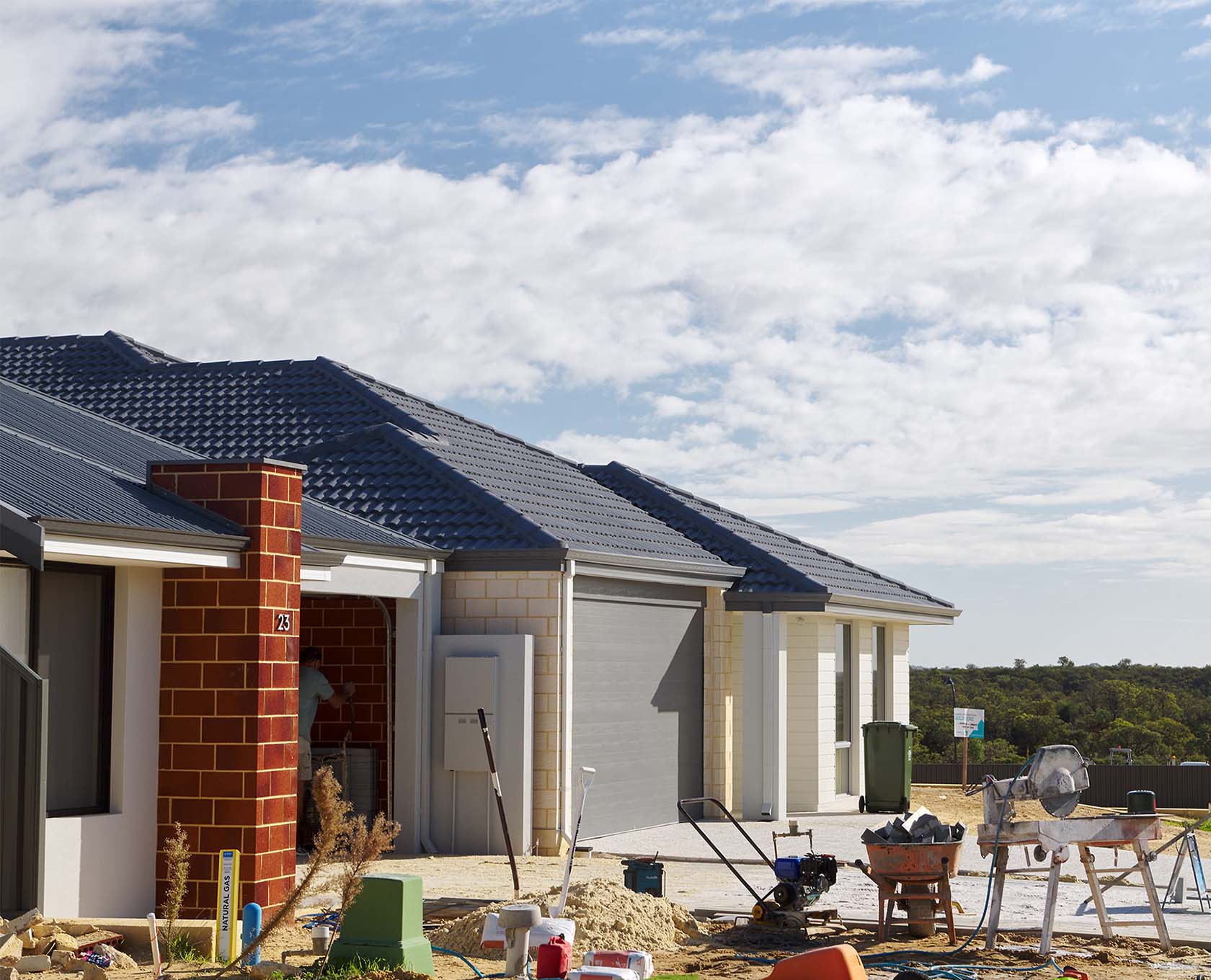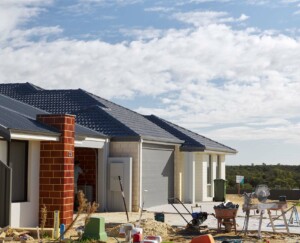LD Total's top tips for maintaining your new garden
Industry News
LD Total's top tips for maintaining your new garden
News

For aspiring owners about to make their way through the land buying, home building journey, it’s important to have a good understanding of your state’s building regulations. Part of this is familiarising yourself with building permits and planning permits—knowing the difference between them, and when and how you need to apply for one or both of them. Though the rules and restrictions surrounding these permits vary between states and territories, they are all designed to ensure that proposed building work and land use comply with relevant building regulations of your state and local council. Here’s what you need to know.
A planning permit (as it’s referred to in Victoria) is a document that authorises you to use or develop land in accordance with relevant building legislation. Both South Australia and Queensland refer to this permission as a planning approval, while Western Australia calls it a planning application.
Whether you need a planning permit or not will depend on the policies of your Local and State government as well as what you’re proposing to do with the land. If a planning permit is required, you will need to make an application to the relevant local council to obtain it.
Generally, you will need to obtain a planning permit if you intend to start any of the following:
In any case, you will need a planning permit before you can obtain a building permit.
Applying for a planning permit usually involves initial enquiries with your local government’s planning department. This will help to determine whether a planning permit is required and what documents will need to be supplied with your application. This often includes your proposed design, planning report and shadow diagrams.
It is a good idea to engage an expert—such as a private town planner—who can consult with you on development approvals and also prepare the permit application on your behalf. This is highly recommended as it allows you to balance both your personal objectives and the council’s expectations, such as respecting the character of the neighbourhood.
Lastly, you will need to lodge your application and supporting documentation with your local council for review and assessment.
Rules and regulations surrounding land use vary between states and territories. For example, in Victoria, the relevant planning permit legislation is the Planning & Environment Act 1987, overseen by the Department of Transport, Planning and Local Infrastructure.
In Western Australia, the relevant legislation is the Planning and Development Act 2005, handled by Planning Western Australia.
In South Australia, it’s the Development Act 1993, governed by the Department of Transport, Planning and Infrastructure.
Queensland relies on the Sustainable Planning Act 2009, with the Department of State Development, Infrastructure and Planning to oversee.
However, it is important to note that both states and territories collaborate with local governments in carrying out their responsibilities related to planning and urban development.
A building permit (as it’s referred to in Victoria) is a document which certifies that your proposed building works are aligned with the relevant building codes and regulations. In this sense, building permits relate specifically to how a building will be constructed or how an alteration will be carried out.
Western Australia refers to this permission as development approval and Queensland calls it building approval, while South Australia terms it as building rules consent. Similar to planning permits, building permits are usually required for new buildings, extensions to existing buildings, major renovations and demolitions works.
Importantly, a building permit can only be applied for and issued by engaging a (private) registered building surveyor or a municipal building surveyor who is qualified to approve your project.
At the end of the day, building permits are there to facilitate your protection by ensuring that:
Perhaps most importantly, a building permit will ensure that the finished building is safe and suitable for occupation by requiring either an occupancy permit or a certificate of final inspection.
Not all building works require you to obtain a building permit. Generally, you can be exempt from requiring a permit if the proposed works are confined to:
maintenance and repair work
While this building permit application process may vary slightly between Australian jurisdictions, you can expect to go through the following steps:
To determine whether building approval is needed, you should contact a registered building surveyor/certifier (private or public) who is familiar with the local building regulations.
Work with your architect or home builder to prepare the necessary building plans. This may include documents such as working and structural drawings, builders contract, and allotment plans.
With all the relevant documentation prepared, you can now formally apply for a building permit. This can be done by either engaging a private building surveyor, or by applying directly to your council who will appoint a municipal building surveyor to handle your application.
You may choose to authorise your architect or home builder to appoint a building surveyor on your behalf. However, this must be done in writing.
On application, your chosen surveyor becomes the Relevant Building Surveyor—your dedicated certifier, responsible for overseeing the build, from construction to completion.
Assuming your proposed works comply with relevant building regulations, your surveyor will grant building approval by issuing you with a building permit. This authorises you to commence construction.
The Relevant Building Surveyor will undertake periodic inspections over the course of construction to ensure that all work is compliant with the terms of the permit.
Once your build has been completed you will need either a certificate of final inspection or an occupancy permit which you will have to apply for. Once you have received the relevant certification, you will legally be able to occupy the residence.
 Building Permit Levy
Building Permit Levy Building permit levies are fees that are paid to the relevant local council in order to obtain a building permit. These levies are based on the type and estimated cost of the project, and each council sets its own fees. This levy is required at the time of application.
Australia’s building regulations require that building work associated with a building permit must start and finish on the dates stated in the permit. If the work has not begun or been completed within these dates, then the building permit will become invalid.
For example, the Victorian Building Authority sets out the following lapse periods:
If a building permit has expired but construction is still taking place, this is considered unlawful and the relevant building surveyor may give an instruction to cease the building work.
If you anticipate not being able to start or finish the construction project on time, you should contact your building surveyor to request an extension prior to the deadline. An extension may be granted by the building surveyor depending on the scope of the work.
Whether you’re a first homebuyer saving for your first house, a growing family wanting to build a larger space or a retiree looking to settle into a more modest abode, Satterley is here to help you as you embark upon your property journey.
As one of Australia’s leading developers of masterplanned communities, having designed and built over 180 beautifully curated estates across Queensland, South Australia, Western Australia and Victoria, we have just the homesites and house & land packages you need to build the home of your dreams. Contact us today to make your home-building dream a reality.